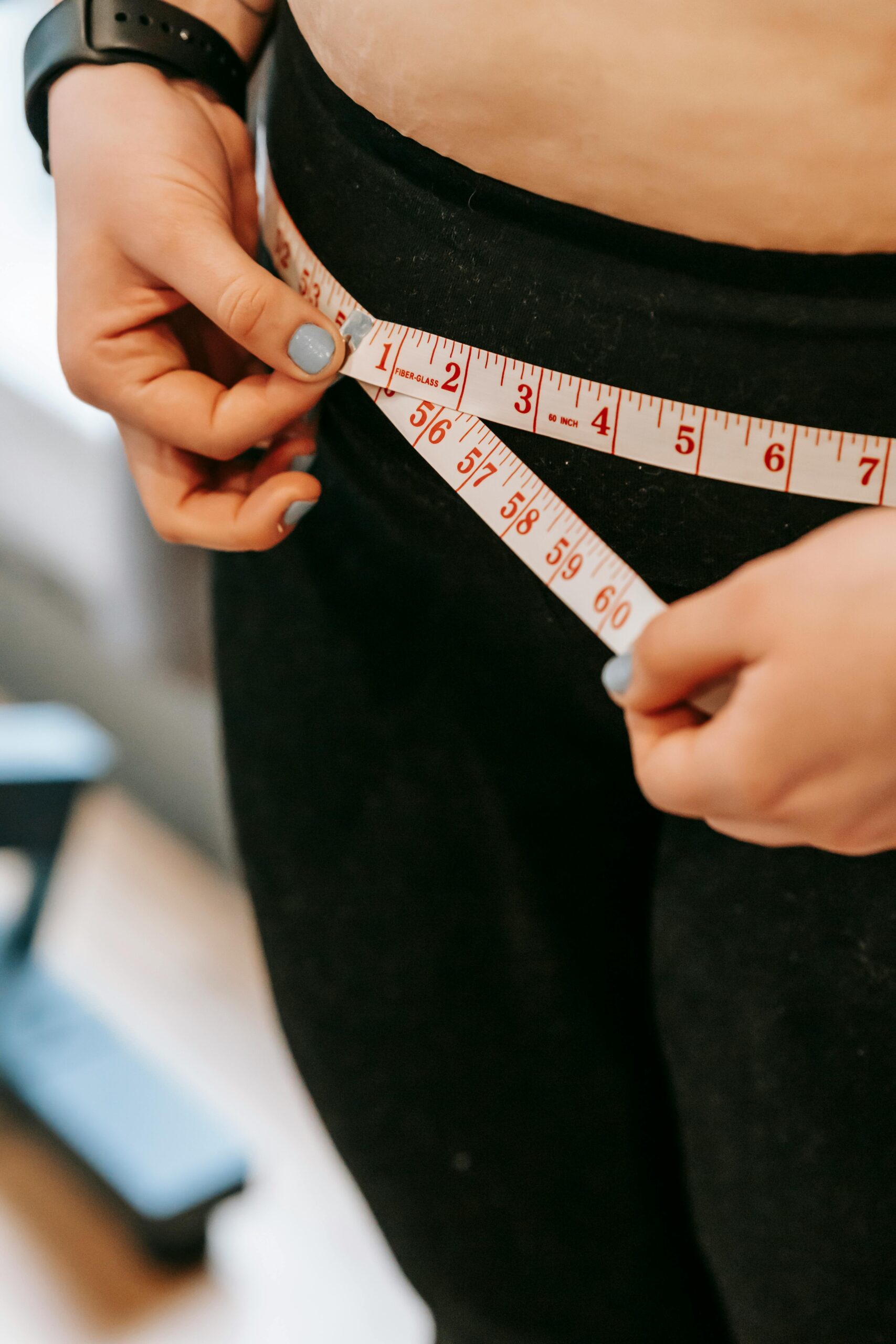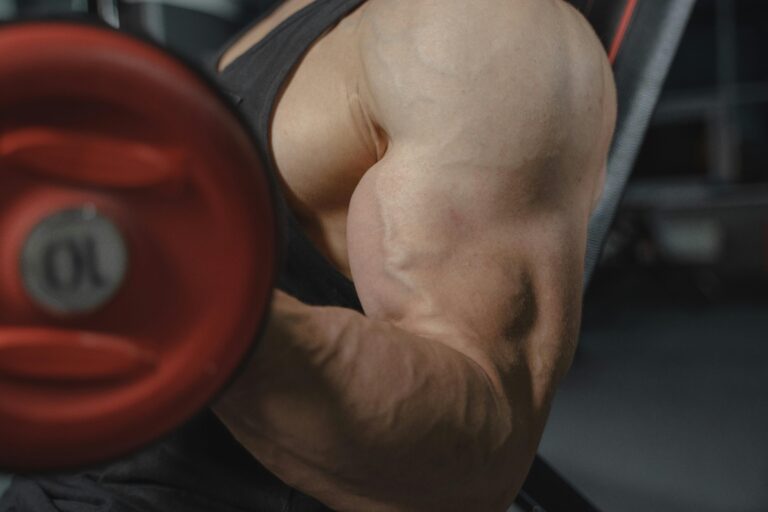If you’re new to fitness and nutrition, chances are you’ve come across a whirlwind of information: keto vs. intermittent fasting, endless cardio vs. heavy lifting, “clean eating” vs. flexible dieting. It can feel overwhelming — and that’s exactly why so many beginners give up before they even start.
This guide is here to simplify everything. Let’s break down the science and create a beginner-friendly, step-by-step roadmap for long-term weight loss success.
What Actually Causes Fat Gain
At its core, fat gain happens when you consistently consume more energy (calories) than your body burns. This is known as a calorie surplus.
Your body uses calories for:
- Basic functions (breathing, digestion, circulation, brain function). This is called your Basal Metabolic Rate (BMR).
- Physical activity (walking, exercising, daily chores).
- Food digestion (your body even burns calories while breaking down food).
When your intake exceeds this expenditure, the body stores the extra calories as fat for future use. Over time, this leads to weight gain.
Common Causes of Fat Gain:
- Overeating calorie-dense foods – Junk food, fried snacks, fast food, sugary drinks, etc.
- Liquid calories – Sodas, juices, alcohol, fancy coffees — they add up quickly without making you feel full.
- Sedentary lifestyle – Sitting most of the day with little exercise means you burn fewer calories.
- Mindless eating – Eating while watching TV or scrolling your phone often leads to consuming more than you realize.
- Poor sleep and stress – Both can disrupt hunger hormones, making you crave more high-calorie foods.
Bottom line: You don’t get fat because of one “bad food.” You get fat because of consistently eating more calories than your body burns.
How Calorie Deficit Works
If fat gain is caused by a calorie surplus, then fat loss is achieved through a calorie deficit — eating fewer calories than your body burns.
This forces your body to tap into stored fat for energy, leading to fat loss over time.
Key Facts About Calorie Deficit:
- 1 pound (~0.45 kg) of fat = ~3500 calories.
To lose 1 pound per week, you need a deficit of about 500 calories per day. - Moderation matters. Extreme deficits (like eating only 800–1000 calories a day) may lead to faster short-term weight loss but also muscle loss, low energy, and binge eating later.
- A safe, sustainable deficit is usually 300–700 calories below maintenance. This allows steady fat loss without feeling starved.
Example:
If your body burns 2600 calories daily:
- Eating 2100–2300 calories = moderate deficit = slow, sustainable fat loss.
- Eating 1600–1800 calories = aggressive deficit = faster results but harder to maintain.
Remember: It’s not about eating as little as possible. It’s about creating a small, sustainable calorie gap.
Diet vs. Exercise Balance
A common beginner question: “Should I focus more on diet or exercise?”
Here’s the honest answer:
- Diet plays the bigger role in weight loss. You can’t out-exercise a poor diet. Running for 30 minutes may burn ~300 calories, but a burger and fries can add up to 800+ calories in minutes.
- Exercise accelerates results and preserves muscle. While diet helps create the deficit, exercise ensures the weight you lose is primarily fat — not muscle.
The Winning Combination:
- Nutrition (70%) – Focus on a balanced, calorie-controlled diet with whole foods.
- Exercise (30%) – Include both strength training (to build/maintain muscle) and cardio (to burn calories and improve heart health).
Think of diet as shaping your body from the inside and exercise as sculpting it from the outside.
Common Mistakes Beginners Make
Many beginners fail not because they lack effort, but because they follow unsustainable strategies. Here are the most common mistakes:
- Cutting out entire food groups – Eliminating carbs or fats completely may cause rapid weight loss initially but is rarely sustainable. Balance is key.
- Over-relying on cardio – Hours of running or cycling without strength training can lead to muscle loss and a “skinny fat” look.
- Underestimating calories in “healthy” foods – Peanut butter, nuts, protein bars, smoothies, and “organic” snacks can still be calorie bombs.
- Drinking calories – Sugary drinks, alcohol, milkshakes, and fruit juices can stall progress without you realizing.
- Expecting quick results – Healthy fat loss is 0.5–1 kg (1–2 lbs) per week. Anything faster is usually water weight or muscle loss.
- Being all-or-nothing – One “cheat meal” doesn’t ruin your progress, just like one salad doesn’t make you lean. Consistency beats perfection.
Step-by-Step Beginner Plan
Now let’s put all of this into action. Here’s a practical, beginner-friendly plan you can start today:
1. Calculate Your Calorie Needs
- Use an online TDEE calculator (Total Daily Energy Expenditure).
- Subtract 300–500 calories from your maintenance to create a deficit.
Example:
If your TDEE is 2600 → aim for 2100–2300 calories per day.
2. Focus on Balanced Nutrition
- Protein (30–35%): Eggs, lentils, chickpeas, tofu, soybeans, Greek yogurt. Protein helps preserve muscle while losing fat.
- Carbs (40–45%): Whole grains, oats, rice, fruits, vegetables. These give energy for workouts.
- Fats (20–25%): Nuts, seeds, olive oil, avocados. Healthy fats keep hormones balanced.
👉 Rule of thumb: 80% whole, minimally processed foods + 20% flexibility (treats, snacks, eating out).
3. Structure Your Meals
- Breakfast: High-protein (e.g., oats + Greek yogurt + fruit).
- Lunch: Balanced meal (rice/chapati + dal/chickpeas + veggies).
- Snack: Protein shake or handful of nuts.
- Dinner: Light but filling (grilled tofu/chicken + salad + small carbs portion).
- Optional: Evening herbal tea or fruit if cravings hit.
4. Exercise Plan for Beginners
3–4 workouts per week is enough to start.
- Strength Training (2–3 days)
- Squats, push-ups, lunges, dumbbell rows, planks.
- 30–45 minutes per session.
- Cardio (2–3 days)
- Brisk walking, jogging, cycling, or jump rope.
- 20–40 minutes per session.
👉 As you progress, increase weights, reps, or intensity to challenge your body.
5. Build Daily Habits
- Walk more – Aim for 8,000–10,000 steps daily.
- Drink water – At least 2–3 liters per day.
- Sleep well – 7–9 hours every night (poor sleep slows fat loss).
- Manage stress – Meditation, journaling, or a hobby can help.
6. Track Progress (But Smartly)
- Weigh yourself weekly, not daily. Weight fluctuates due to water, food, hormones.
- Take progress photos and measurements (waist, hips, arms).
- Track habits, not just numbers. Even if the scale is slow, eating better and moving more is progress.
7. Stay Consistent, Not Perfect
The most important rule: Don’t quit after one bad day.
If you overeat or skip a workout, get back on track at the next meal or the next day. One mistake won’t ruin your journey, but giving up will.
Final Thoughts
Weight loss is often made to look complicated, but the formula is simple:
- Create a calorie deficit.
- Eat balanced, nutrient-rich foods.
- Combine strength training + cardio.
- Stay consistent with daily habits.
Remember: You didn’t gain weight overnight, and you won’t lose it overnight either. But if you stick with the basics, you’ll see progress — not just in the mirror, but in your energy, confidence, and overall health.










